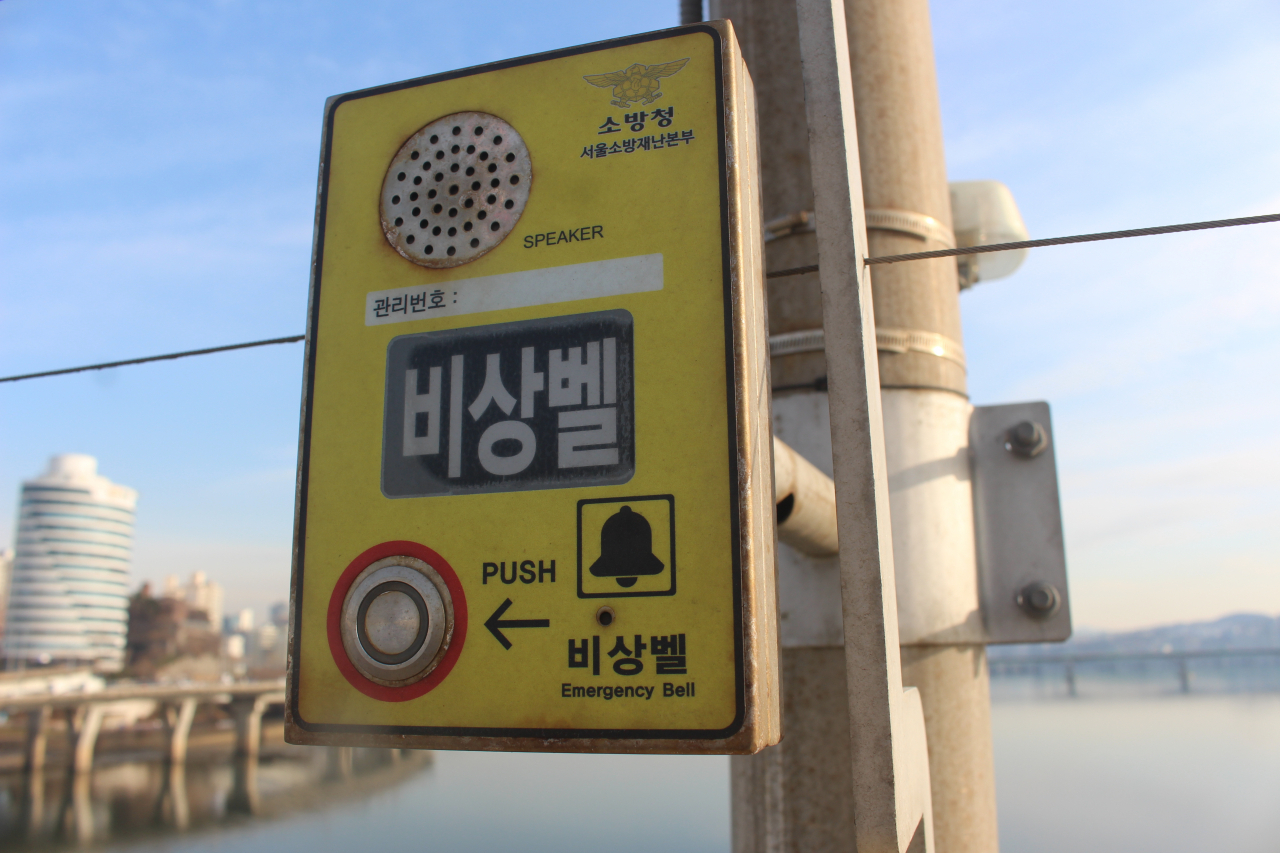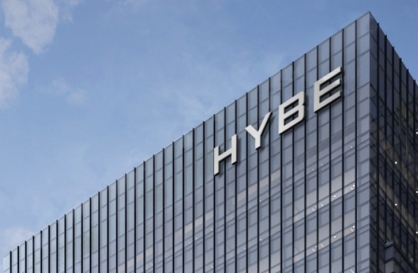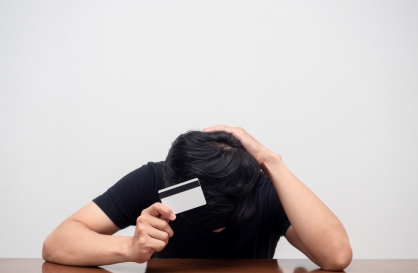The uphill battle to stop Han River suicides
Emergency phones, round-the-clock CCTV and high railings not enough to stop rise in suicide attempts
By Yoon Min-sikPublished : Dec. 31, 2022 - 16:02

On Oct. 1, 44-year-old Cho Han-ah and her husband were enjoying the afternoon out. The unseasonably warm weather invited the couple on a walk across the 1.5-kilometer-long Wonhyo Bridge over Han River in Seoul, where they ran across a young woman about to jump into the waters below.
“No!” Cho shouted, as she grabbed the woman who already had a leg up on the railing of the bridge. The woman fell over her feet and landed on the bridge floor.
The woman attempting to jump was a 19-year-old who was preparing for her college admission. On the bridge, she had tried to talk to someone and picked up the phone, installed on the bridge, that is connected to the suicide hotline LifeLine Korea.
The following is a recreation of the conversation between Cho and her, as shared by Cho. The attempted jumper’s is referred to as A.
A: I didn’t think there would be anyone to stop me.
Cho: Would you like to grab a cup of coffee?
A: OK.
(Walking)
Cho: You are such a beautiful person. Why would you want to do such a horrible thing? Your mother would have been so sad.
A: My mother and I don’t get along. She told me, “You’re good for nothing.”
Cho: What did the counselor (at the hotline) say?
A: I couldn’t communicate because of all the noise (over the bridge).
“I didn’t know what to say, and it was difficult to carry on the conversation because of the noise from passing cars and the wind. So I told her it must have been rough, and that I too had those thoughts once,” Cho recalled in an interview with The Korea Herald.
It was at that moment that emergency rescue workers appeared on motorboats in the Han River, along with a firetruck, a police car, and an ambulance.
The rescuers -- roughly 10 of them according to Cho's estimate -- had arrived in accordance to the emergency protocols of LifeLine Korea, which automatically reports hotline calls and reports of suspected suicide attempts to the local rescue services.

Phones, bells, messages and high railings
An encounter with an attempted suicide like Cho’s may be a once in a lifetime experience. But data shows that almost every day, someone jumps off Han River’s 31 bridges.
Data from the National Fire Agency showed that from 2016 to June of 2022, a total of 2,171 people threw themselves into the river in Seoul. Of them, 2,097 were rescued while the other 74 died.
The Han River has been among the most frequently visited sites for suicides in Seoul, with it being easily accessible via public transportation, and its gigantic size -- about 1.2 kilometers wide in average -- reducing the chance of being spotted and stopped.
This motivated the Life Insurance Philanthropy Foundation to set up a total of 75 suicide hotlines on a total of 19 bridges, on which there have been 9,050 calls from 2011 to 2021. According to the Ministry of Health and Welfare’s 2022 Suicide Prevention White Paper, falling from a height is the second leading cause of suicide in South Korea (16.6 percent), after hanging (52.3 percent).
LifeLine phones are just one of the measures to curb the suicide attempts on Han River. In the middle of Mapo bridge, there is a statue of a man comforting a friend. Inscribed on the back is a message, “Friend, just think about it one more time.”


Also installed on the bridge are CCTV cameras and emergency bells, which anyone can press to call rescuers upon seeing a suicide attempt. Most sections of the Mapo Bridge also have high anti-suicide railings. These structures are installed on top of the existing railings and tower well above the height of an average Korean man.
The high railings were a welcome change for the Mapo Bridge, which has the undesirable reputation of being the No. 1 spot for suicide attempts in the country. The aforementioned data from the NFA showed that there were 761 suicide attempts at Mapo Bridge over the 5 1/2-year period, accounting for 35 percent of all attempts on Seoul bridges.
Data shows that the high railings had some effect. After they were installed in Mapodaegyo late 2016, the suicide attempts at the bridge in 2017 was 150, still a high figure but a significant drop from 211 the year before.

There has been controversy in the past concerning some anti-suicide measures. One example is the suicide prevention messages that were inscribed on the railings of Mapo Bridge in 2012 and Hangang Bridge in 2012 and 2013, respectively.
Some of them carried words of encouragement, but others featured bad jokes and what some described as questionable choices of words like, “Try it, then” and Hahahahahaha.” The messages were removed from Mapo Bridge in 2019 and from Hangang Bridge in 2021.
What it takes to console the troubled soul
There are discussions on what more should be done for those who come to bridges with suicidal thoughts.
One call is for the installation of anti-suicide railings to all of the bridges over the Han, as people who are thwarted by the tall structure at one bridge could just go to another.
Data shows that while railing augmentation at Mapo Bridge appears to have curbed suicide attempts there to some level in 2017, attempts in the adjacent Hangang Bridge increased to 67 from 42 the year before.
This year’s parliamentary audit in October revealed that eight of the 20 Han River bridges managed by the Seoul government did not have augmented railings, CCTV cameras or emergency bells linked to the rescue workers. The data presented by Rep. Cho O-sup of the main opposition Democratic Party, initially provided by the municipal government, showed that there were more deaths by jumping off the bridge than by car accidents at 13 of the 20 bridges during that period.
Cho’s report showed that there were 470 suicide attempts from Han River bridges in 2020, 615 in 2021 and 598 in just the first half of this year, indicating that suicide deaths there were on an upward trend.
“There needs to be at least a minimal level of preventive measures in the bridges at which there are consistent number of (suicide attempts), and the overall height of the railings should be raised,” the lawmaker said.

The incident described at the beginning of the article indicates that the smallest of details could factor in when it comes to suicide attempts. In this case the railings at Wonhyo Bridge were low enough for a Korean woman of average height to easily climb over, and the lack of a phone booth prevented the woman from communicating with a counselor in what could have been a life-or-death moment.
A quick phone call atop one of the Han River bridges was enough to see that while a conversation was possible, callers must raise their voices to make themselves audible over the background noise of passing cars and the blowing wind. It would not have been the ideal speaking situation for someone on the brink of giving up on his or her life.
“LifeLine itself is a wonderful system, but upon hearing that (the person who attempted suicide) was unable to hear the counselor because of the noise made me wonder if (the authorities) could install a phone booth. That would cut off all the noise and allow a private conversation in an isolated place,” Cho said.
She added that from an outsider’s point of view, the near-dozen rescue workers at the scene appeared to be “interrogating” the woman with all the questions, suggesting that counselors should be the first people to talk to someone who attempts suicide.

Despite this, Cho said that A seemed surprised and glad at the rescue efforts.
“At least to me, she looked glad that someone had stepped up and (the people) had gathered for her. I felt there were some room for improvement in the (rescue) manual, but I believe it was a source of great comfort for her,” she said.
A few days after the incident, Cho sent a text message to A to see how she was doing. The person answered that Cho’s intervention had allowed her to summon some strength and that she was somehow moving forward with her life, which may not have been possible without the collection of small efforts by those surrounding her, and the words of comfort from a concerned, kind-hearted individual.
*The LifeLine Korea hotline can be reached at 1588-9191 and is operated in Korean. The official suicide prevention hotline, operated by the South Korean government, is 1393 and also in Korean. Both of the hotlines operate around the clock.
Those wishing for a foreign-language counselling over the phone can call the Danuri Call Center, which is operated in Korean, English, Chinese, Vietnamese, Tagalog, Khmer, Mongolian, Russian, Japanese, Thai, Lao, Uzbek and Nepali.





![[Herald Interview] 'Amid aging population, Korea to invite more young professionals from overseas'](http://res.heraldm.com/phpwas/restmb_idxmake.php?idx=644&simg=/content/image/2024/04/24/20240424050844_0.jpg&u=20240424200058)












![[KH Explains] Korean shipbuilding stocks rally: Real growth or bubble?](http://res.heraldm.com/phpwas/restmb_idxmake.php?idx=652&simg=/content/image/2024/04/25/20240425050656_0.jpg&u=)

